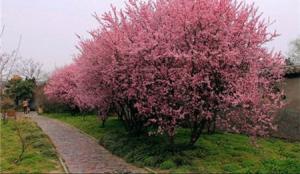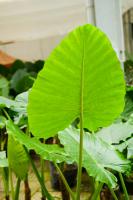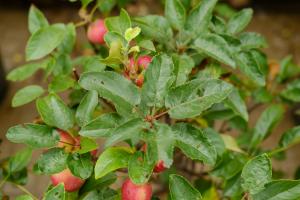Planting Onions in the Fall: Is it Possible?
Many gardeners wonder whether it's possible to plant onions in the fall. While onions are typically a spring crop, planting in the fall can yield early-harvested onions the following spring. In this article, we'll explore whether planting onions in the fall is a good idea and provide some tips for growing a successful onion crop.
Climate Considerations
When considering fall onion planting, it's important to consult your local planting guide to determine if your climate and soil conditions are suitable. Onions are a cool-season crop and prefer to be planted in temperatures below 75 degrees Fahrenheit. They also require 13-16 hours of daylight to grow well. If your area has mild winters with no extended periods of sub-freezing temperatures, then planting onions in the fall may be a viable option.
Planting Methods
There are two primary methods for planting onions in the fall: direct seeding and transplanting. Direct seeding involves planting onion seeds directly into the soil. If you choose to use this method, plant your onion seeds about 1/4 to 1/2 inch deep, spaced about an inch apart. Onions grown from seed will typically take longer to mature than those grown from transplants. Transplanting involves starting onion seeds indoors several weeks before the anticipated planting date and then transplanting the seedlings into the garden once they've developed a strong root system. Transplants will mature more quickly than onions grown from seed.
Soil Preparation
Regardless of which planting method you choose, proper soil preparation is critical for a successful onion crop. Onions prefer loose, well-draining soil with a pH between 6.0 and 7.0. Work compost or aged manure into the soil to a depth of at least 6 inches, and then rake the surface smooth. Onions require plenty of nitrogen to grow well, so consider adding an additional nitrogen-based fertilizer to the soil before planting.
Watering and Fertilizing
Onions require consistent moisture for optimal growth, particularly during their first few weeks of growth. Water your onion plants deeply once or twice a week, depending on your climate and soil conditions. Be sure to water the soil and not the leaves to prevent diseases. Additionally, onions are heavy feeders and require regular fertilization throughout the growing season. Consider applying a balanced fertilizer every four to six weeks or use a slow-release fertilizer at the beginning of the season.
Harvesting Onions
When it comes time to harvest your onions, wait until the foliage turns brown and begins to fall over. This typically occurs in mid- to late-summer. Dig up the onions and let them dry in a warm, dry place for several weeks. Once they're fully cured, trim the tops and roots and store them in a cool, dry place. Properly stored onions can last for several months to a year.
In Conclusion
Planting onions in the fall is a viable option for gardeners who live in mild climates and have suitable soil conditions. By choosing the right planting method, preparing your soil properly, and providing your onions with the right amount of water and fertilizer, you can grow a successful onion crop that will yield early-harvested onions the following spring.

 how many times do yo...
how many times do yo... how many planted tre...
how many planted tre... how many pine trees ...
how many pine trees ... how many pecan trees...
how many pecan trees... how many plants comp...
how many plants comp... how many plants can ...
how many plants can ... how many plants and ...
how many plants and ... how many pepper plan...
how many pepper plan...






























